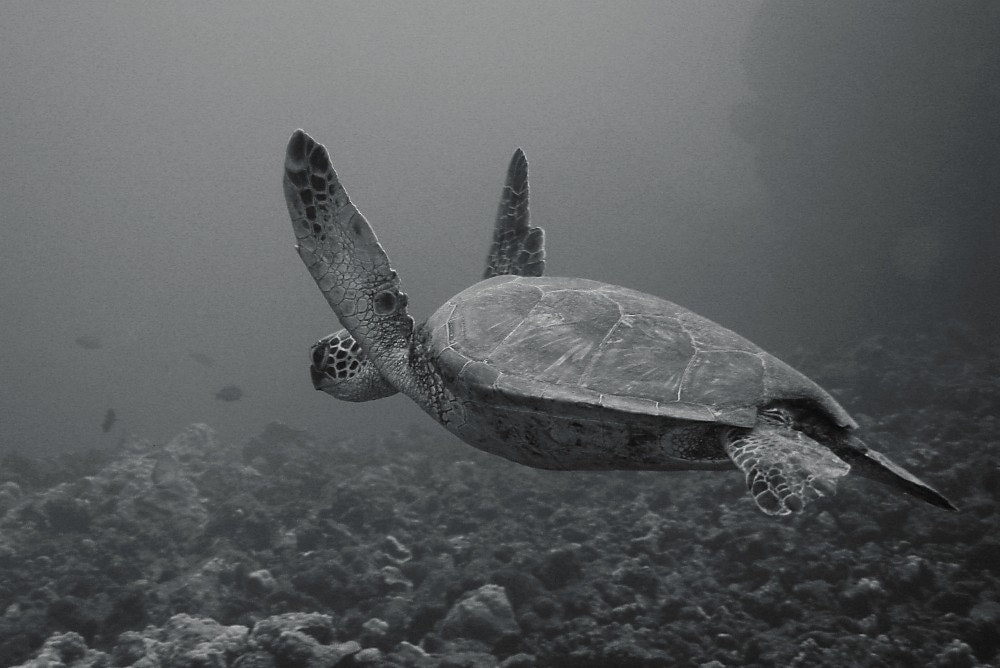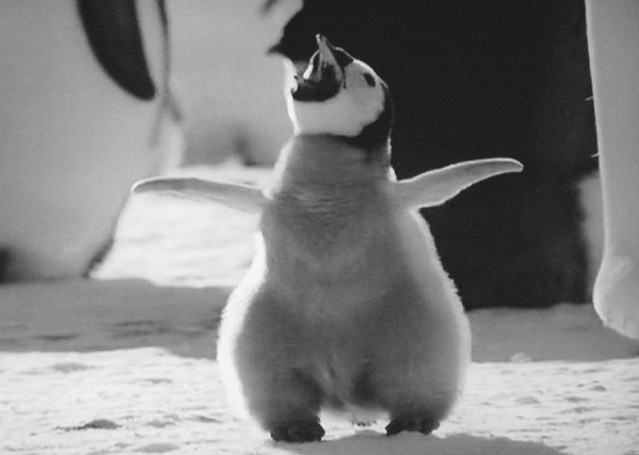1. Asian Elephant Conservation
Many elephants have undergone the harsh realities of mistreatment in the tourist industry–be it from street begging, elephant treks, or circus work. Volunteer with local communities to help protect the Asian elephant population and reintroduce previously abused elephants to protected forests or elephant camps in Asia. Learn about one of the most gentle of giants of the animal kingdom while encountering some of the most beautiful landscapes in the world.


2. Seal Protection in South Africa
As furry and cute as they are, seals don’t have it easy. Every year, hundreds of thousands of seals are hunted for their pelts, harmed in oil-spills or environmental misdeeds, or injured in boating accidents. Get hands on experience working with injured seals and creating safe environments for them to return to!

3. Sea Turtle Conversation
The sea turtle population continues to decline particularly in the Indian Ocean region. Exploitative activities such as egg poaching alongside coral reef and sea grass depletion, beach pollution, and an increase in coastal development all pose a threat to the future of sea turtles in the region. The coast of the Indian Ocean is a major hatching ground for sea turtles. Help give them the best chance at survival in this area and assist with hatching, incubating, and rearing sea turtles for a safe return to the ocean.



4. Dolphin Conservation in Kenya
As tourism continues to grow on the Kenyan coast, it’s important to conduct research to preserve the marine wildlife in the changing area. The Shimoni Archaepalego, a community off the coast of the Indian Ocean, is rich in marine mammals, particularly dolphins. Volunteers are needed to conduct survey research, monitoring the dolphin population and behaviors in the area. This data is essential to help local communities develop sustainable tourism practices to protect marine wildlife.


5. Brown Bear Protection in Romania
Romania’s forests and mountains are home to 60% of Europe’s brown bear population. Unfortunately, in the absence of animal rights legislation in Romania’s recent past, a small portion of this population has experienced mental and physical abuse as tourist attractions in circuses, poorly maintained zoos, theme restaurants, and other venues. While it is now illegal to keep wild animals in captivity in Romania, these abused bears need to be rehabilitated before their return to their natural habitats.


6. Panda Conservation in China
Giant Pandas, one of the world’s most recognizable and lovable creatures, are listed as endangered on the World Conservations Union’s Red List of Threatened Species with less than 1600 living in the wild. China’s growing economy has pushed them from the lowlands and continues to encroach their forest habitats in the mountains. Pressures of habitat loss and poachers put these pandas in a precarious position. Experience China and help ensure the future of the Giant Panda in the Yangtze Basin.

7. Colobus Monkey Conservation in Africa
The Colobus Monkey is integral to the forest ecosystems Southern Kenya and Northern Tanzania. Their sloppy eating habits and their tendency to jump from tree to tree with fruit in hand makes these animals an important factor in seed dispersal and the well-being of the forests. While poaching for furs and skins has been a cause for alarm, the greatest threat to the Colobus monkey is now habitat loss as coastal forests are threatened by development.


8. Puma and Jaguar Conservation
While jaguars and pumas are feared as predators of the animal kingdom, these big cats have plenty to be scared. Both jaguars and most species of pumas are classified as endangered in South America under the Endangered Species Act. These jungle cats are threatened by deforestation, land development, and illegal poaching. Travel to South America to help gather data on pumas and jaguars in this area to help shape policies to protect these rare cats.


9. Penguin Rehabilitation in Africa
At the start of the 20th century, it was estimated that there were over 1.45 million adult African Penguins. The latest census reveals that there are now less than 100,000 adults left. This steep decline can be attributed to the reduced availability of food, as penguins must now compete with the commercial fishing industry. Furthermore, African Penguin populations are especially vulnerable in the event of a catastrophe or epidemic because of their concentration to small geographic regions. Be a part of penguin rescues, relocation and rehabilitation.



10. Great White Shark Conservation
Misinformation and fear of Great White Sharks often masks the reality that millions are killed each year to harvest their fins, jaws, teeth, and organs. The slaughter and their relatively slow rate of reproduction threatens the future of the Great White Shark. Cage-dive in Gansbaai, “the Great White capital of the world.” Assist in valuable population research, tracking, and educational campaigns to combat the stigma against these misunderstood giants.


References:
Related Articles: